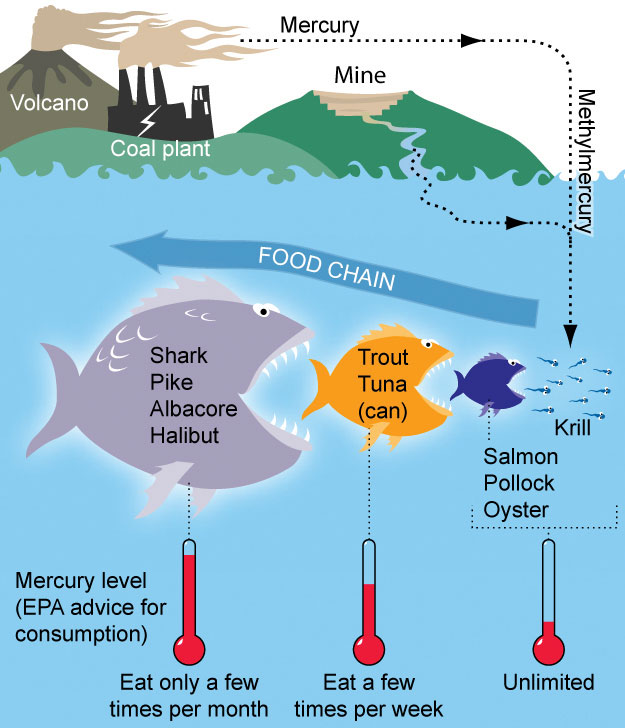Fish and Seafood Buying Guide


Fish doesn’t have to break the bank. Choose items that fit in your food budget (canned, frozen, or fresh), and look for sales where you shop.
Farm-raised or wild-caught? No easy answer—there are good and bad versions of each.
Be an informed consumer with these resources:
What about mercury?
Don’t let fear of mercury stand between you and eating fish. The most commonly consumed fish and seafood selections in the United States present very little risk from contaminants like mercury while offering many health and nutrition benefits.
Why do fish have mercury?
Methylmercury enters the environment and is consumed by small fish, who are consumed by larger fish, who are consumed by even larger fish. This is called bio-accumulation and results in larger fish having larger amounts of mercury.
Low-mercury fish
- Salmon
- Pollock
- Oysters
- Shrimp
- Catfish
- Clams
- Scallops
- Flounder
- Cod
- Crab
- Crawfish
- Squid
- Anchovies
- Tilapia
- Sardines
- Croaker
- Canned chunk light tuna
Highest-mercury fish
- King mackerel
- Marlin
- Orange roughy
- Shark
- Swordfish
- Tilefish (Gulf of Mexico)
- Tuna, bigeye
- Local catch from contaminated water

For more information, visit fda.gov/food/consumers/advice-about-eating-fish.